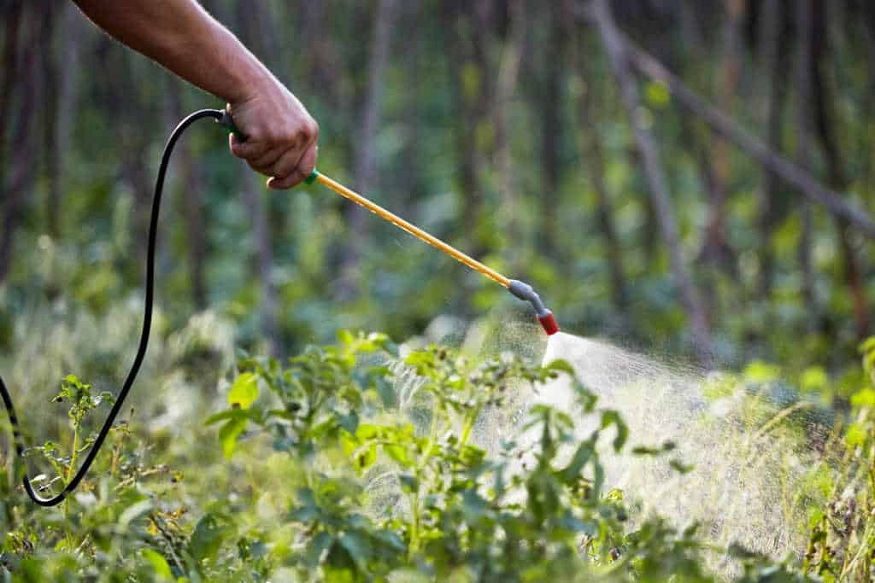Agriculture in particular is now an integral part of cities with the important roles in food production, pest control and prevention. About Columbia made food/ locally grown foods are in high demand, therefore there is a need to check on the pests. Sustainable agriculture practices New York urban farms have been implementing new pest control systems which do not use chemicals. Through its application, urban farmers are able to produce healthier and sustainable environments within the urban areas while offering bio-solutions to pest control in Columbia and other parts of the world.
How does urban farming help in the prevention of pests?
Integrated pest management is comfortably offered through urban farming, as the environment created supports the existence of various insect predators. Organic insects that include ladybugs and predatory beetles act as natural pesticides that feed on undesirable insects like aphids and mites, thus eliminating the need for pesticides.
Many agricultural and farming activities being practiced in urban areas include companion planting in which two or more crops are planted together to discourage pests or attract pollinators. This approach promotes the sweetness for ecological changes in pest management to minimize pest harm as a sporting activity of productivity by reducing effects on the environment and crops.
Where do Pest Avoidance and Control Come Into Play with Crop Diversification and Crop Rotation?
Crop diversification and rotation are among the basic practices that are employed in the control of pests in urban farming. Planting different crops in different areas in different seasons is best for frustrating the pests because they always fix on certain plants. This practice disrupts the life cycle of pests and so they do not stand a chance to do well in the farms.. This method also assists in preserving the soil integrity so they develop strong plants that are free from pests.
What Precautions Do Urban Farmers Possess on the Use of Water to Control Pest Infestations?
Water management is still another significant aspect of urban farming that works effectively to eliminate pests. This leads to over dampness which is suitable for pests like mosquitoes and fungi to thrive inside the plant. Through planning and efficiency; through implementation of drip irrigation techniques and use of rainwater, the urban farmers are able to supply decent irrigation to their plants without encouraging rise of pests. Water management also helps minimize soil erosion and consequently minimize pest infestation because they do not penetrate the soil and affect plant root systems.
Why is It Important to Adopt Eco Friendly Pest Control in Urban Farming Systems?
Organic control strategies are typical for urban farms and may include the usage of neem oil, diatomaceous earth or insecticidal soaps. Organically derived remedies are relatively friendly as they are less toxic to the environment as compared to chemical pesticides and can quickly be incorporated with the system of urban farming.
Unlike conventional pest control methods, here techniques have not only shown to be efficient in pest control, but also improves the quality of the soil and the yields in the crops grown. Because urban farmers do not use potentially dangerous chemicals on their crops, their food products are healthier for consumers to consume and more environmentally friendly.
Conclusion
Urban farming In particular, is important for a sustainable, healthy, and pest-free environment. Sustainable measures that urban farmers are using that ensure pest control without use of chemicals include; crop rotation, use of barriers provided by nature and beneficial insects. That is why the further development of local, pesticide-free food production can be facilitated by embracing these innovative approaches in the context of cities. While the urban farming practice is yet to expand into a mature practice, pest control will increasingly determine the balance of sustainable urban ecosystems.

